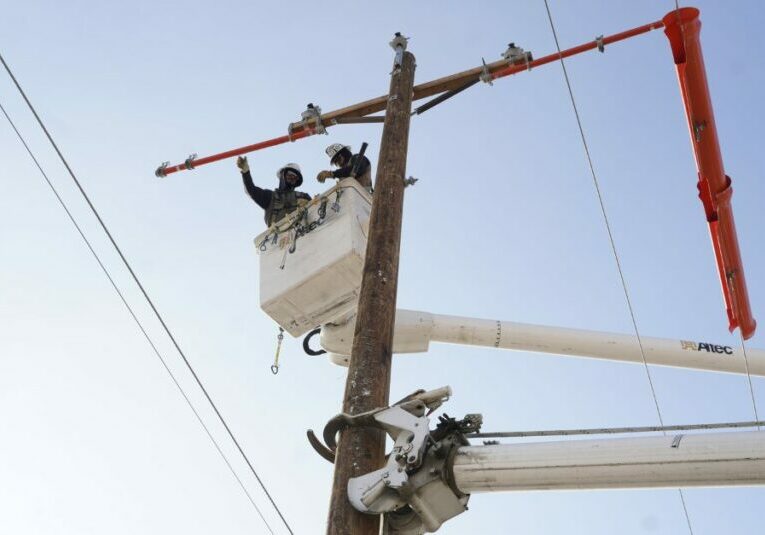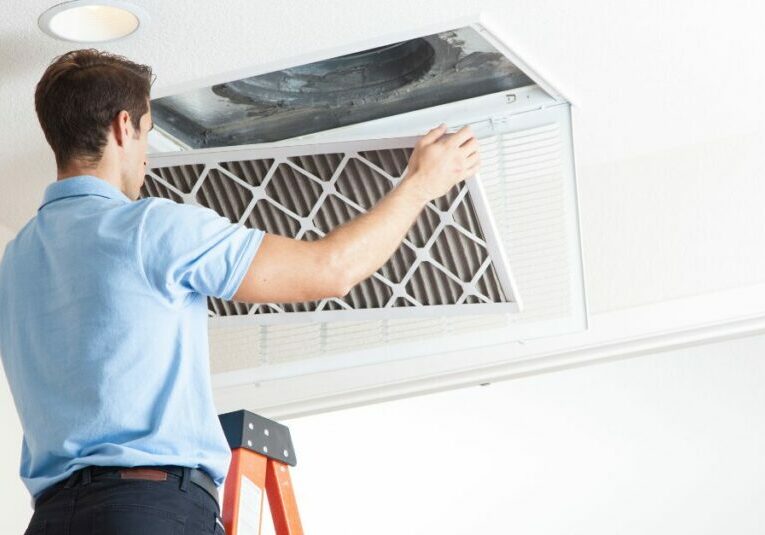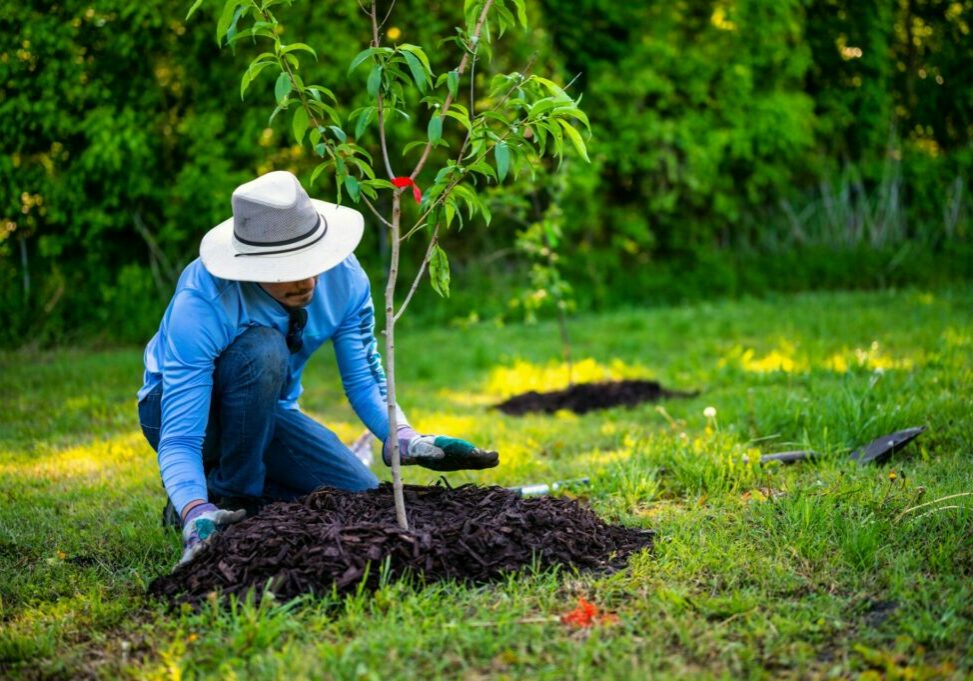Three DIY Efficiency Projects to Tackle in 2021

A new year brings new opportunities to save energy and money. You may think energy-efficiency upgrades require a great deal of time and expense, but that’s not always the case.
If you to make your home more efficient, but don’t want to break the bank, there are several do-it-yourself projects you can tackle to increase energy savings. Consider these three inexpensive efficiency upgrades to help you save energy throughout the year.
Trim Dryer Vent
Level of difficulty: easy
Supplies needed: tin snips, gloves, measuring tape and masking tape
Estimated cost: about $25, depending on the supplies you already have
If your dryer vent hose is too long, your dryer is working harder than
it has to, using more energy than necessary. The vent hose should be long enough for you to pull the dryer out a couple feet from the wall, but the shape of the hose should form a line. It should not have a lot of slack or twists and curves. A shorter, unobstructed vent hose increases the efficiency of your dryer and dries clothing faster. It also reduces lint buildup, which can create fire hazards.
Measure, mark and trim the hose to the desired length, then reattach the hose to your dryer and exterior vent. If you’re unsure about the hose length, check YouTube for a video tutorial.
Seal Air Leaks
Level of difficulty: moderate
Supplies needed: caulk and caulk gun, weatherstripping, gloves, putty knife and paper towels
Estimated cost: $25 to $50 depending on the supplies you buy
Sealing air leaks in your home can help you save 10% to 20% on heating and cooling bills. Apply caulk around windows, doors, electrical wiring and plumbing penetrations to seal in conditioned air. You should also weatherstrip exterior doors, which can keep out drafts and help you control energy costs. Types of caulking and weatherstripping materials vary. Ask your local hardware or home store for assistance if you’re unsure about the supplies you need. For more information, the Department of Energy provides step-by-step instructions for caulking and weatherstripping at https://bit.ly/2Kesu6W.
Insulate Attic Openings
Level of difficulty: moderate
Supplies needed: rigid foam board, faced blanket insulation, tape for foam board, measuring tape, utility knife, caulk, caulk gun and plywood
Estimated cost: $50 to $100
A properly insulated attic is one of the best ways to optimize energy savings and comfort in your home. Many homeowners don’t consider insulating the attic stairs, or the opening to your attic space. Even a well-insulated attic can leak air through the opening. Luckily, there’s an easy fix.
An insulated cover box can seal and insulate the attic opening. You can build your own insulated cover box or buy a pre-built box or kit from a local home improvement store.
If you decide to build your own, check out these step-by-step instructions from the Department of Energy at bit.ly/36YNCYQ. If your attic opening is in a garage that you do not heat and cool, this upgrade will not be as effective.
Saving energy doesn’t have to be hard. With a little time and effort, you can maximize energy savings and increase the comfort of your home.
To learn about additional ways to save, email memberservices@ bentonrea.org or call 509-786-8265.
Recent Posts

Five Ways to Safeguard Your Home This Winter

Winter Weather May Impact Electric Bills

Cybersecurity Tips For a Safer Digital World

Electric Co-ops Grow for the Communities They Serve

Go Above and Beyond for a Safe Harvest

The Vital Role of the Lower Snake River Dams

5 Tips to Beat the Summer Heat

What You Need to Know About Furnace Filters

May is Electrical Safety Month




